The Top 8 Applications Manager features of 2019
It is that time of the year when we look back at the year gone by and plan for the future. With that in mind, we thought it would be useful to look back at the new capabilities we added to Applications Manager in 2019. Here's a quick recap:
1. Monitoring support for Google cloud and Oracle cloud:
This year, we enhanced our cloud monitoring portfolio by launching support for two new public cloud platforms - Google Cloud Platform (GCP) and Oracle Cloud Infrastructure (OCI). We currently support the Google Compute Engine (GCE) service in GCP and the compute service in OCI. We have plans to support more services in both these cloud platforms in 2020.
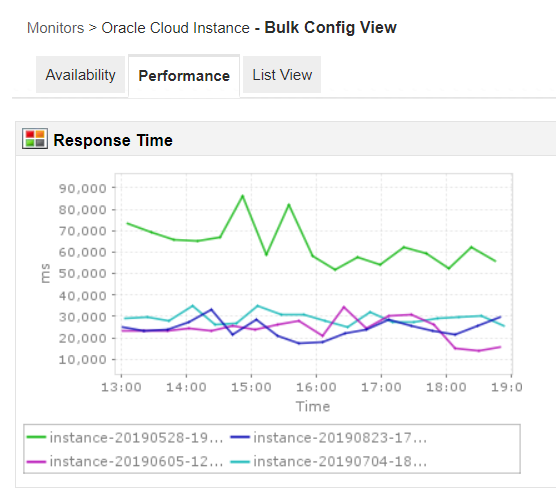
2. Support for more AWS services - Elastic load balancer (ELB) and Billing
With almost half the share of the cloud market, Amazon Web Services (AWS) continues to be the most important cloud player. This year we expanded our AWS monitoring support by adding new services such as Amazon billing and the Elastic load balancer (ELB).

These two new services complement our existing support for other AWS services such as EC2, RDS, S3, SNS, DynamoDB, and AuroraDB.
We extended our agent-based deep performance monitoring and code-level diagnostics capabilities to node.js and PHP applications. With the help of these new features, DevOps teams can effectively investigate the reasons for application slowness and take steps to fix erroneous application components.
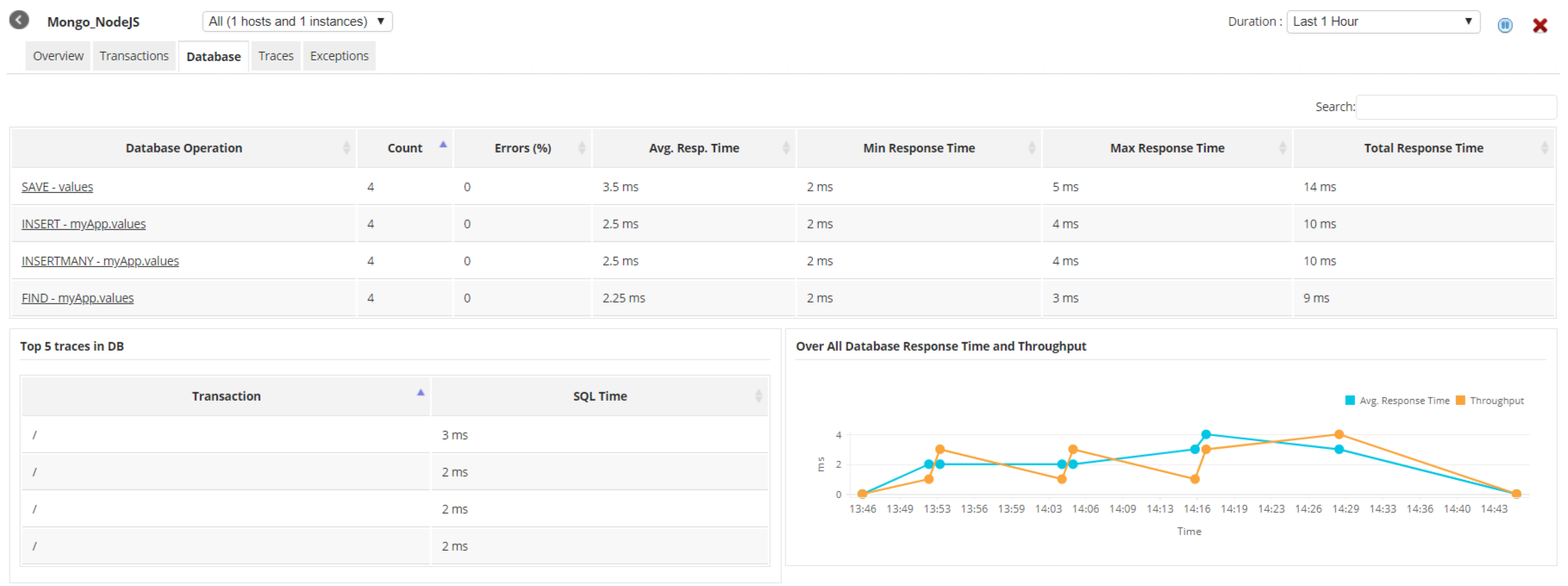
Containerization is quite the rage now. Due to popular demand, we added support for monitoring Kubernetes, the hugely popular container orchestration platform, and Red Hat OpenShift – the container platform built on Kubernetes.
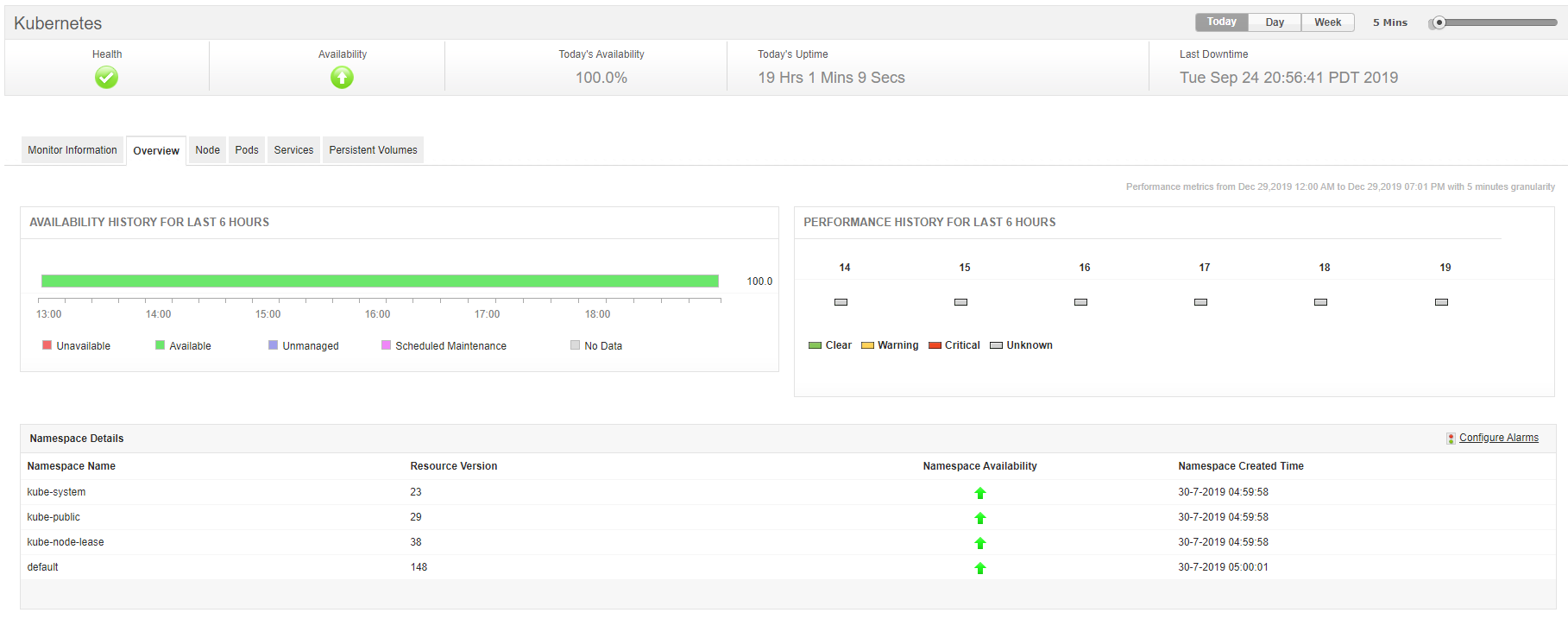
We enhanced our virtual systems portfolio by adding support for KVM, RHV and Oracle VM. With the help of the new monitors, you can efficiently track the health and performance of these hypervisors and their associated virtual machines. You can also improve resource allocation and make educated decisions on capacity planning.
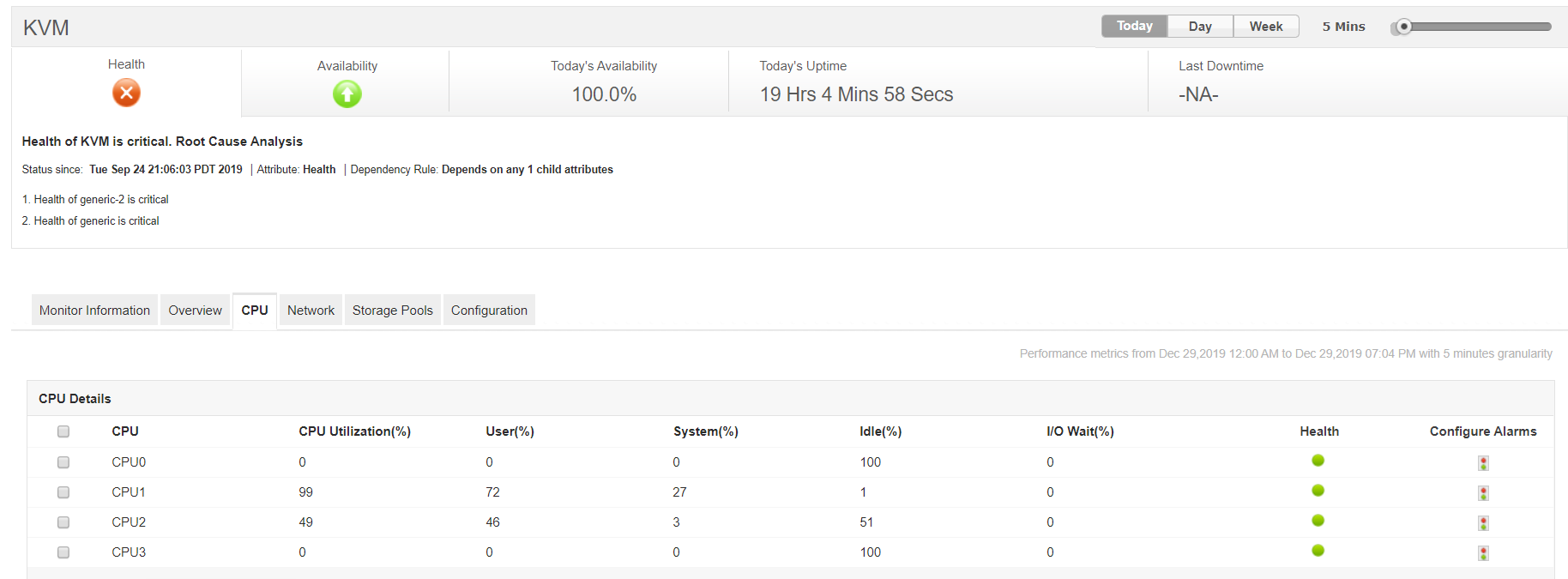
In the second half of 2019, we ventured into the converged infrastructure space by adding support for Nutanix hyper-converged infrastructure and Cisco Unified Computing System (UCS). The Nutanix monitor helps you track key metrics related to clusters, storage, and VMs in a Nutanix environment. With the Cisco UCS monitor, you can track important attributes related to chassis, processor, rack mount, fabric interconnect, etc.
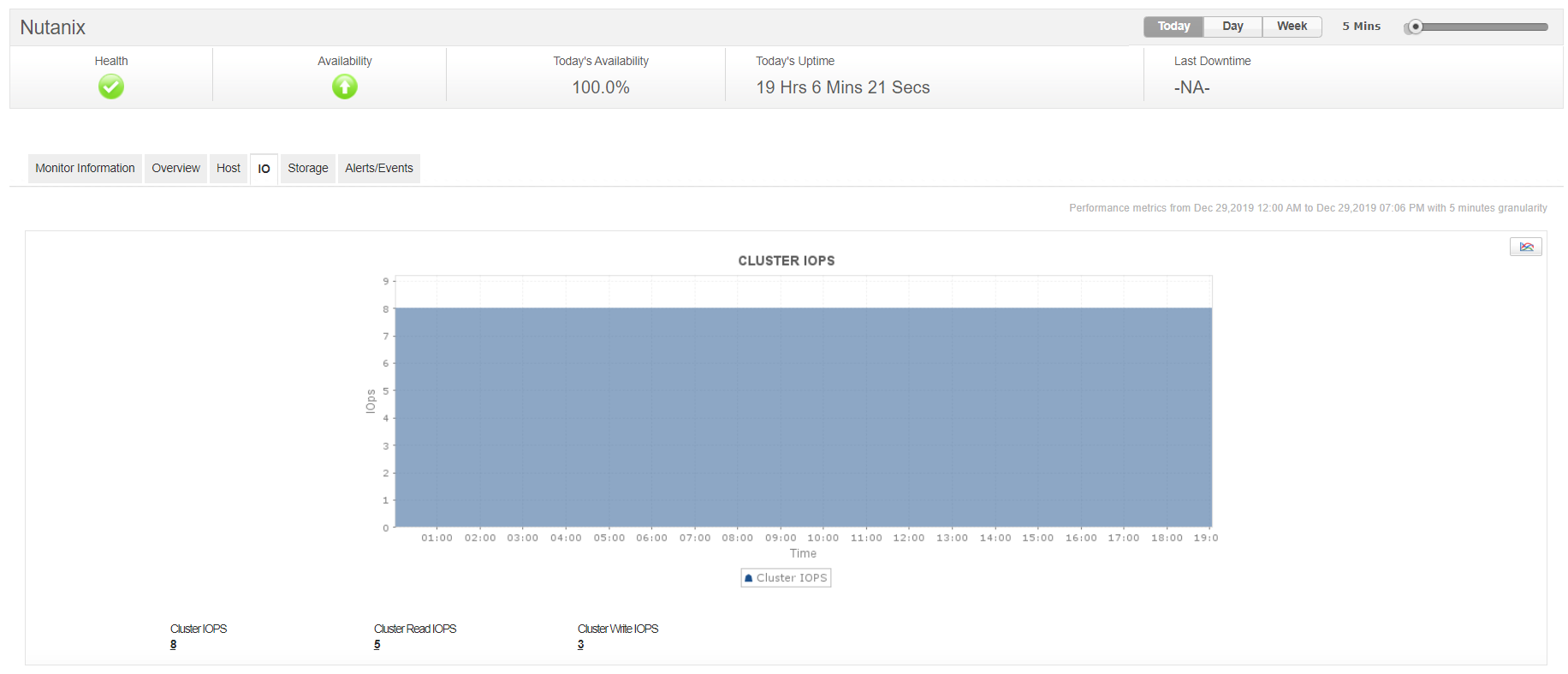
Applications Manager supports a variety of databases including traditional RDBMSes (Oracle, MS SQL, IBM DB2, etc.), NoSQL databases (MongoDB, Cassandra, Couchbase, etc.), and cloud databases such as Amazon DynamoDB and Azure SQL Database. To this list, we have added Neo4J, a graph database, and SQL Anywhere, a relational database system from SAP.
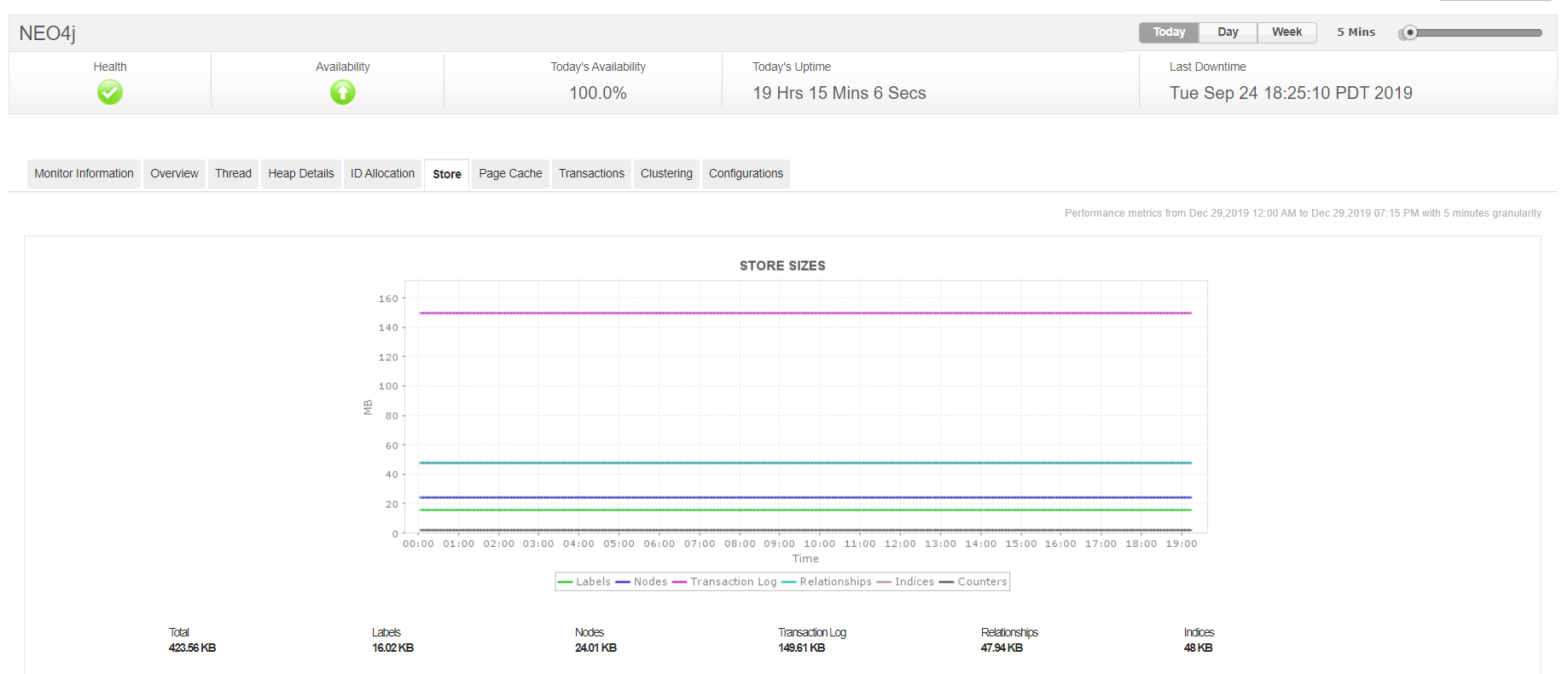
NGINX Plus is the commercial version of NGINX that offers additional enterprise grade features. With the NGINX Plus monitor, you can now collect data of important components such as zones, upstreams, TCP, UDP, caches and servers and view it in visual and tabular formats to understand it with ease.
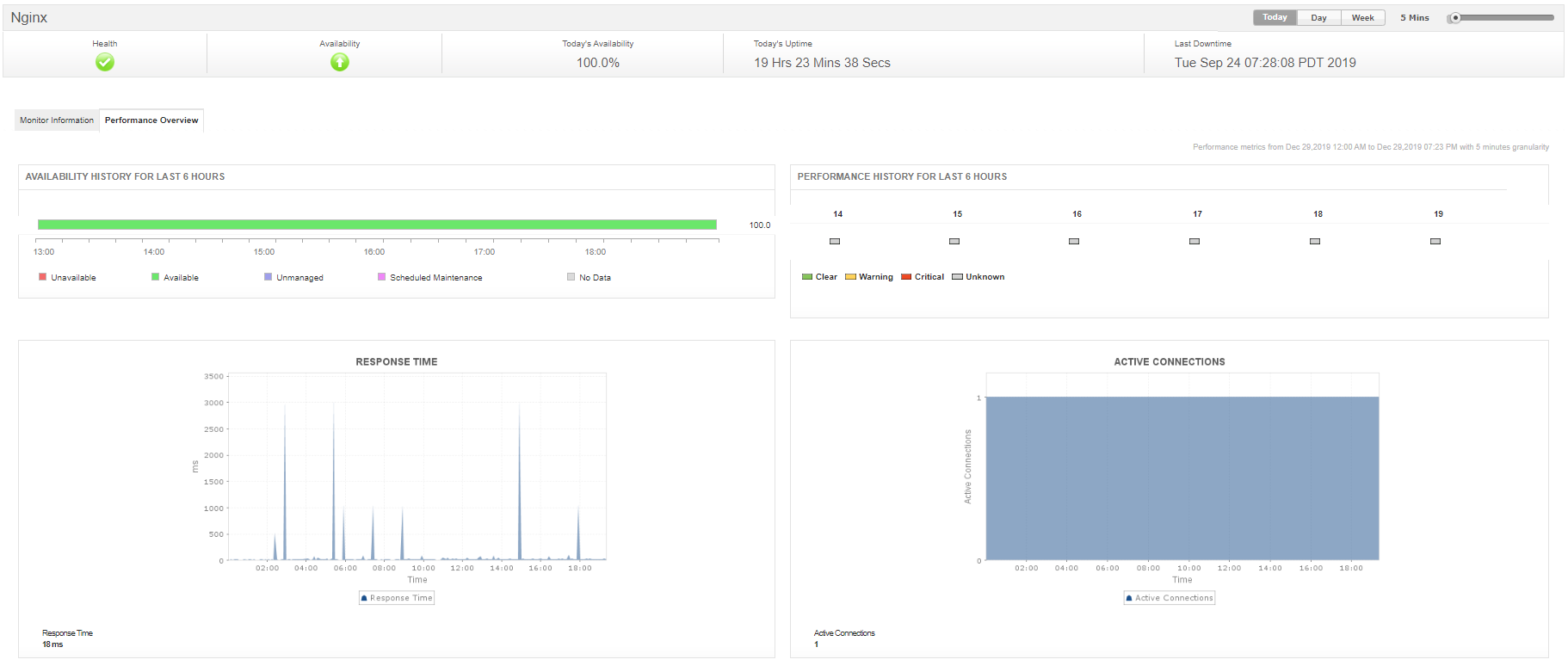
We believe these new capabilities as well as other enhancements have made our monitoring system more robust. Thank you for your support throughout 2019. Look forward to serving you in 2020 and beyond.